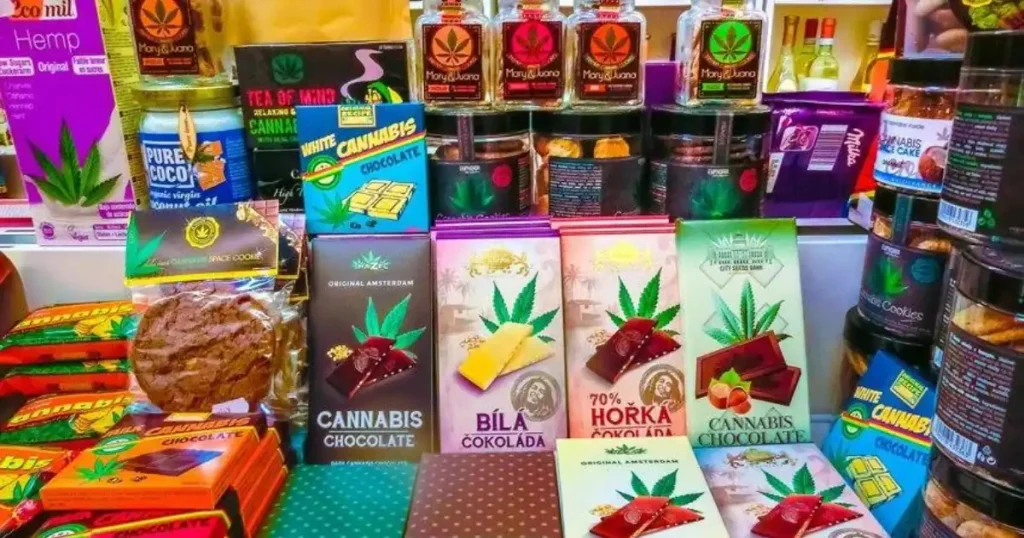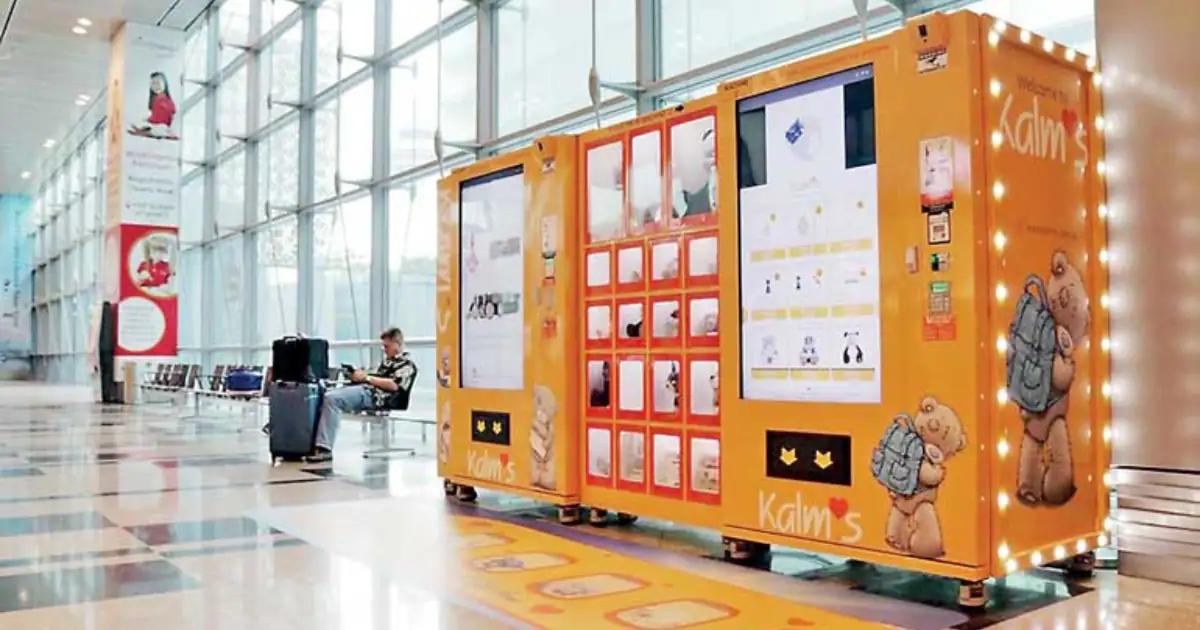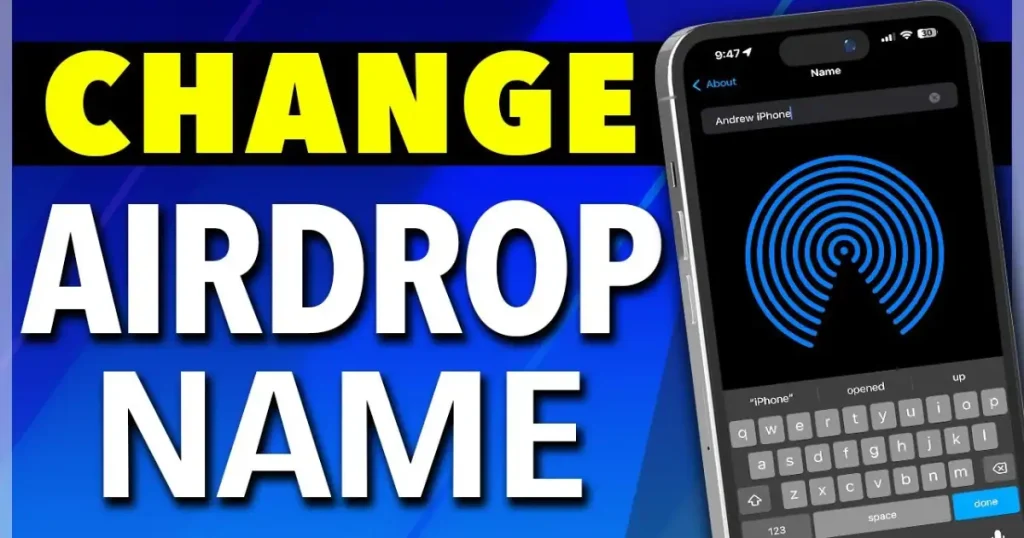The development of novel approaches like cannabis vending machines has brought about a significant change in the cannabis distribution scene in California in recent times. These devices, which are usually found in dispensaries or other approved locations, give customers an innovative, hidden method of quietly and conveniently obtaining cannabis goods. California, which became the first state in the US to legalize cannabis in 1996 for medical use and in 2016 for recreational use, has led the cannabis sector.
Table of Contents
Overview of the Cannabis Market in California
California has one of the biggest and most active cannabis markets in the world. The state has emerged as a centre for innovation and business in the cannabis sector since the legalisation of cannabis for both medical and recreational use. This market includes a wide range of goods to suit different consumer tastes, including as edibles, topicals, extracts, dried flowers, and more. The market has grown significantly in recent years, and as more people use cannabis for both medical and recreational purposes, sales are only going to rise.
Growth of the cannabis market in California:
- Since cannabis became legal for recreational use in California in 2016, the state’s cannabis business has grown at an exponential rate. California is one of the biggest cannabis markets in the world, with yearly sales of cannabis products estimated to be in the billions of dollars, according to market research surveys.
Various forms of cannabis products:

- A vast range of cannabis products are available to consumers in California, including drinks, consumables like chocolates and gummies, topicals like lotions and balms, dried flowers, concentrates like oils and waxes, and more. Customers’ varied demands and tastes are met by this diversity in product offers.
Consumer trends and preferences:
A number of variables, including product quality, potency, cost, brand reputation, and ease of access, affect consumer behavior in the cannabis market. Trends show that consumers are becoming more interested in innovative ways of consumption including vaporization and flavored beverages, as well as a growing need for premium, lab-tested products. Delivery services and vending machines are becoming more and more popular as a result of consumers’ growing need for secure and easy ways to buy cannabis.
The Rise of Weed Vending Machines
The widespread presence of cannabis vending machines signifies a significant advancement in the availability and distribution of cannabis-related products, especially in areas where the drug is authorized for either medical or recreational use. This increase can be linked to a number of things, including as evolving consumer tastes, technical developments, and modifications to cannabis regulations.
Factors driving the adoption of Vending Machines:
Cannabis vending machine growth in California can be linked, in part, to the growing need for discreet and easy access to cannabis goods. Customers are looking for more flexible and accessible options to traditional dispensaries, especially in metropolitan areas where zoning laws and limited space may prevent the opening of physical businesses.
Advantages of vending machines:
Compared to typical dispensaries, cannabis vending machines have a number of benefits, such as longer operation hours, lower overhead, and more convenient access for customers. These devices give customers access to cannabis goods whenever and wherever they need them. They can be installed in a range of settings, including hotels, entertainment centers, retail stores, and dispensaries.
Technology Behind Vending Machines
The advanced hardware and software solutions that enable cannabis vending machines come together to offer customers a safe and easy way to make purchases. In order to provide a secure and effective transaction procedure, these devices make use of state-of-the-art technology to assist with product selection, payment processing, and regulatory compliance.
Description of the technology:
Several technologies are used in cannabis vending machines to automate the dispensing of cannabis products. This comprises mobile apps or touchscreen interfaces that let customers explore product offerings, see in-depth product details, and choose products according to their tastes. Sophisticated inventory management systems monitor product levels and expiration dates in the background to make sure that vending machines are consistently filled with compliant and fresh goods.
Regulatory Compliance Integration:
To ensure compliance with state and municipal laws governing the sale of cannabis products, vending machines are built to easily interact with regulatory systems. Complying with strict packaging and labeling regulations as well as providing sales data in real-time to regulatory bodies are part of this. Vending machine operators may reduce the possibility of regulatory violations and maintain the reliability of the cannabis supply chain by using technology to automate compliance procedures.
Locations and Accessibility
To ensure that cannabis products are widely available throughout California and to maximize accessibility, it is essential that cannabis vending machines be placed properly. It is crucial to comprehend customer profiles, traffic patterns, and regulatory issues in order to choose the best places for these devices and strike a balance between convenience and compliance.
Distribution of vending machines:
- In an effort to reach a wide range of consumers, cannabis vending machines have been strategically placed around California. In places where there is a significant demand for cannabis goods, like metropolitan centers, popular tourist destinations, and entertainment events, these machines are frequently found in busy areas. Furthermore, in order to enhance current distribution channels and improve accessibility, vending machines may be situated close to conventional dispensaries or retail locations.
Consideration consumer behaviour:

- Determining the best places for cannabis vending machines requires an understanding of consumer demographics and behavior. Consumer demand for cannabis products is influenced by variables including income levels, population density, and accessibility to transit hubs. They can help in determining the best locations for vending machines. Operators can concentrate their placement efforts to satisfy the demands of particular demographic groups and find underserved locations by studying market data and customer insights.
Consumer Experience and Feedback
In California, the success of cannabis vending machines depends on the general experience they offer and the input they receive from users. To ensure customer pleasure and loyalty, it is critical to comprehend consumer preferences, solve pain spots, and continuously improve the vending machine experience.
Feedback from users:
Feedback from customers about cannabis vending machines frequently emphasizes how accessible and convenient they are, enabling customers to buy cannabis items covertly and quickly. Users also value the large selection of goods that vending machines offer, which includes edibles, flowers, concentrates, and topicals. In order to improve the overall customer experience, operators must address technical concerns, product quality, and pricing transparency, all of which may be covered by feedback.
Impact on consumer behaviour:
Cannabis vending machine introductions may have an effect on customer preferences and behavior related to cannabis purchases. For quick and on-the-go purchases, convenience-driven customers might be drawn to vending machines. Those who choose national dispensaries, on the other hand, could value their individualized attention and product suggestions. Operators may modify their vending machine offers to better suit the changing requirements and tastes of cannabis customers by examining purchasing trends and customer feedback.
Sustainability and Environmental Impact
As the cannabis industry grows, it is crucial to consider the sustainability and environmental impact of cannabis vending machines. Implementing eco-friendly practices can enhance the industry’s reputation and contribute to a greener future.
Eco-Friendly Packaging:
Biodegradable Materials: Use packaging made from biodegradable or recyclable materials to reduce environmental waste.
Minimalist Design: Implement minimalist packaging designs that use fewer materials without compromising product safety.
Consumer Education: Educate consumers on the importance of recycling and proper disposal of cannabis product packaging.
Energy Efficiency:
Energy-Saving Technologies: Equip vending machines with energy-efficient components like LED lighting and low-power refrigeration units.
Smart Energy Management: Use smart energy management systems to monitor and reduce the energy consumption of vending machines during low-usage periods.
Solar Power Integration: Consider integrating solar panels to power vending machines, especially in sunny regions of California.
Reducing Carbon Footprint:
Local Sourcing: Source cannabis products locally to reduce transportation emissions and support local economies.
Carbon Offsetting: Participate in carbon offset programs to neutralize the environmental impact of vending machine operations.
Sustainable Practices: Adopt sustainable practices in the supply chain, such as reducing plastic use and promoting eco-friendly farming techniques.
Challenges and Future Outlook
Californians will have to overcome several challenges before they can widely use cannabis vending machines, from legal restrictions to technological limitations. The future of cannabis vending machines is bright, with room for innovation and expansion in the rapidly changing cannabis industry, despite these challenges.
Regulatory Hurdles:
One of the primary challenges facing the weed vending machine industry in California is navigating the complex regulatory landscape governing the sale and distribution of cannabis products. Operators must ensure compliance with a myriad of regulations, including age verification requirements, product labeling standards, and licensing protocols, which can vary from one region to another.
Future Growth & Innovation:
The cannabis vending machine industry in California has a lot of room to develop and innovate, despite its present challenges. Vending machines and other easy-to-access distribution channels are becoming increasingly necessary as the cannabis market grows and consumer demand rises. Improvements in security, transparency, and efficiency can be achieved by transforming the vending machine sector through technological innovations like the integration of blockchain and artificial intelligence.
Conclusion
In summary, the introduction of marijuana vending machines to California marks a critical turning point in the development of the cannabis sector. These devices represent the growing desire for creative distribution channels in the quickly growing cannabis market by providing users with a discreet and easy way to acquire a variety of cannabis products. Cannabis vending machines have a bright future ahead of them, with room for expansion and innovation even in the face of technological and legal hurdles.
Operators may position themselves for success in this dynamic and changing business by addressing consumer desires, managing regulatory frameworks, and utilizing technical improvements. Weed vending machines are set to become more and more significant in the future of cannabis retail and delivery as cannabis legalization gains steam in the US and throughout the globe.
Frequently Asked Questions (FAQ’s)
Q: Are weed vending machines legal in California?
A: Yes, weed vending machines are legal in California, provided they adhere to state and local regulations governing the sale and distribution of cannabis products. Operators must obtain the necessary permits and licenses, ensure compliance with age verification requirements, and follow product labeling standards to operate legally within the state.
Q: What types of cannabis products are available in weed vending machines?
A: Weed vending machines offer a variety of cannabis products, including dried flower, pre-rolls, concentrates (such as oils and waxes), edibles (such as chocolates and gummies), beverages, topicals (such as creams and balms), and more. The specific selection of products may vary depending on the vending machine operator and location.
Q: How do weed vending machines verify age and ensure regulation compliance?
A: Weed vending machines employ various age verification methods, including biometric identification (such as fingerprint scanning or facial recognition) and government-issued identification verification, to confirm purchasers’ ages. Additionally, vending machines have inventory management systems and compliance software to track sales data and ensure adherence to regulatory requirements.
Q: Where are weed vending machines typically located?
A: Weed vending machines are strategically located in high-traffic areas such as urban centers, tourist destinations, and entertainment venues, as well as near traditional dispensaries or retail outlets. These locations are chosen to maximize consumer accessibility while complying with zoning restrictions and regulatory guidelines.
Q: What payment methods are accepted at weed vending machines?
A: Weed vending machines typically accept various payment methods, including cash, credit/debit cards, and contactless payment options. The availability of payment methods may vary depending on the vending machine operator and location.



